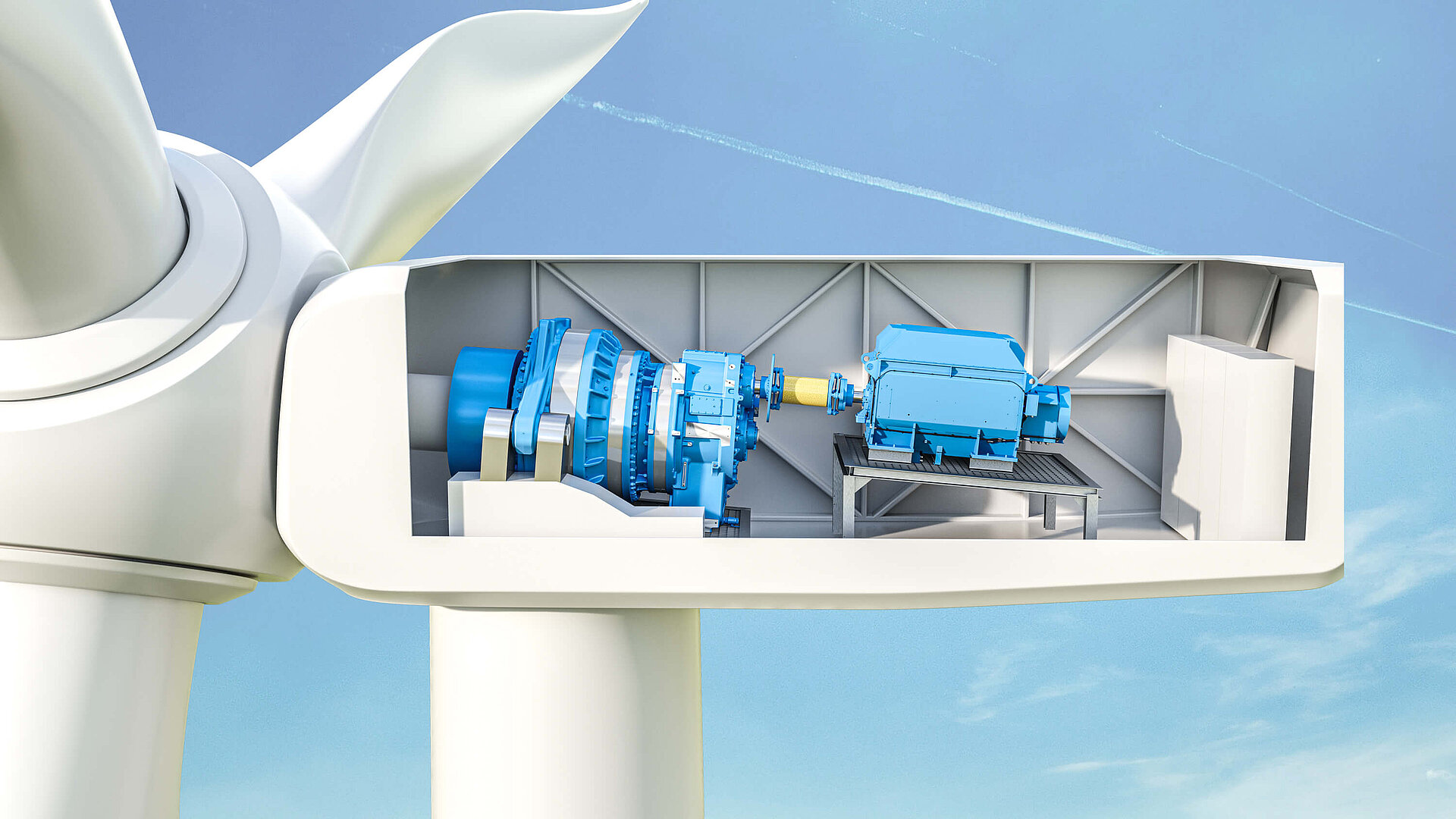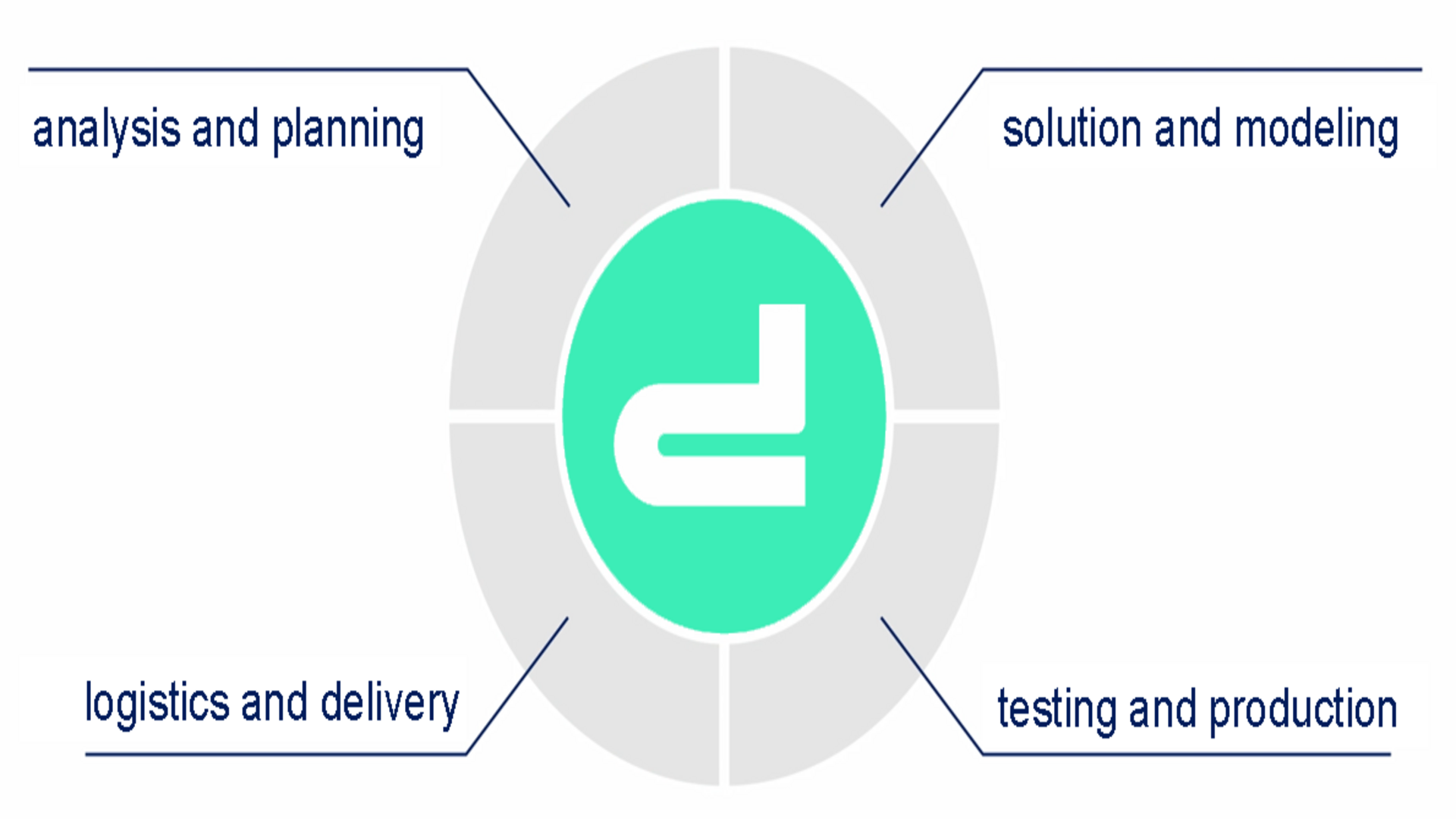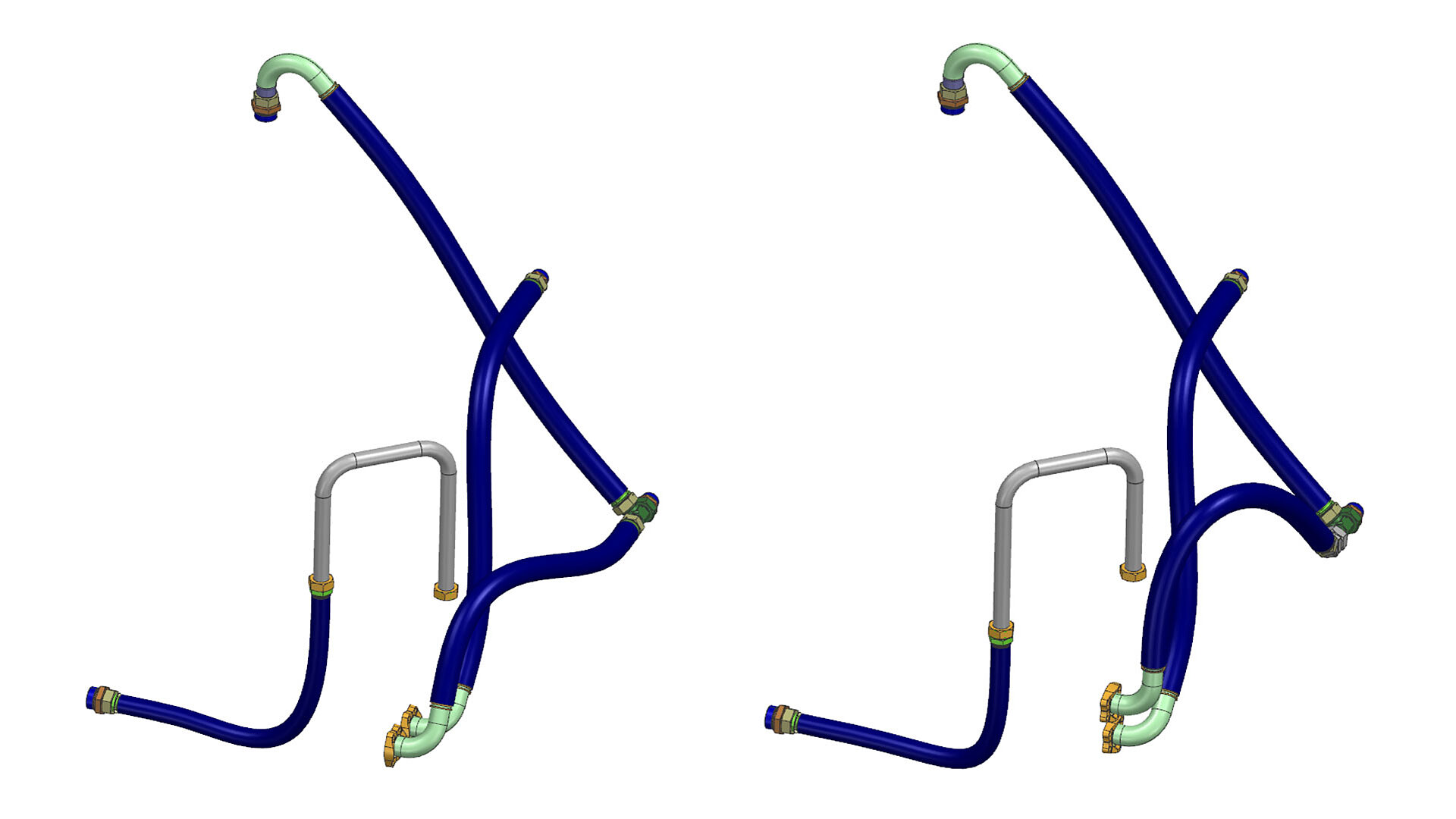You might also be interested in
Not the right one?
E-Mail info@dietzel-hydraulik.de, Tel.: +49 36602 140-0

The word wind turbine says it all: it's about forces, very large forces. Roughly explained, the principle of such a plant is quite simple - the wind causes the rotor to rotate mechanically. The downstream gearbox translates this relatively low speed of the rotor shaft into a high speed, which is needed for the generator. The generator in turn converts this kinetic energy into electrical energy.
When the rotor speed is converted in the gear of the wind turbine, heat is generated by friction. To prevent the gear from overheating, this heat must be dissipated accordingly. Hydraulic components therefore also play a decisive role in power generation by wind turbines. For this purpose, the drive specialist Flender has been cooperating with Dietzel Hydraulik for many years. Flender sells wind gears, generators and drive systems under the Winergy brand. Winergy drives were already installed in the first wind turbines in the early 1980s.
Since then, the business relationship has existed and numerous projects have been realized together. For the project start of a newly planned onshore gear with an output of > 6 megawatts, a very special requirement was placed on Dietzel Hydraulik - two different variants of the gear were to be equipped with one and the same hose package. "Both differ by different connection dimensions as well as different pumps for the hydraulic oil," explains Theresa Bußmann Project Management Wind Gears at Winergy, Flender.
In hydraulics, oil flows from A to B. The way in between is Dietzel. Dietzel Hydraulik leads a hydraulic solution quickly and cost-savingly to series production readiness, perfectly tailored to the customer's requirements.

The cooperation with Flender was strictly based on the Dietzel principle. In a first joint exchange, all technical requirements, such as the desired volume flow, were defined. In a second step, the experienced Dietzel engineers found hydraulic solutions and modeled them accordingly. With unpressed hose lines in tow, the design of the hose lines was then measured on the two transmission prototypes. Dietzel Hydraulik then supplied the pressed and adapted hose set, consisting of 3 hose lines and a hose-pipe combination.
The picture clearly shows that the lower hose of the set has a different bending radius, although it is the same hose. This is due to the already mentioned different pumps, filters and coolers.

For the construction of the first transmission prototype, the hose set was again finally adapted by Dietzel Hydraulik so that it meets all requirements for both transmission variants. After completion of the corresponding prototype tests, including oil temperatures between -40°C and +70°C, the final hose set went into production and delivery.
One hose set for two gear variants
The advantages of using one hose set for two gear unit variants are obvious - logistical processes such as article management or order picking are significantly simplified and thus optimize the total cost of ownership. The costs incurred here for only one prototype process should not be underestimated. In addition, setup costs are lower for larger purchase quantities.
Dietzel Hydraulik specializes in developing individual hydraulic solutions for its customers. In-house manufacturing competencies enable the highest flexibility and reliability. Dietzel covers a broad portfolio from machining to further processing, such as welding, soldering, bending, and even its own hose assembly. Quality is always the focus of the various production steps and work is carried out strictly in accordance
with The Dietzel principle
Publications: